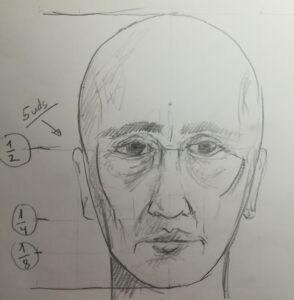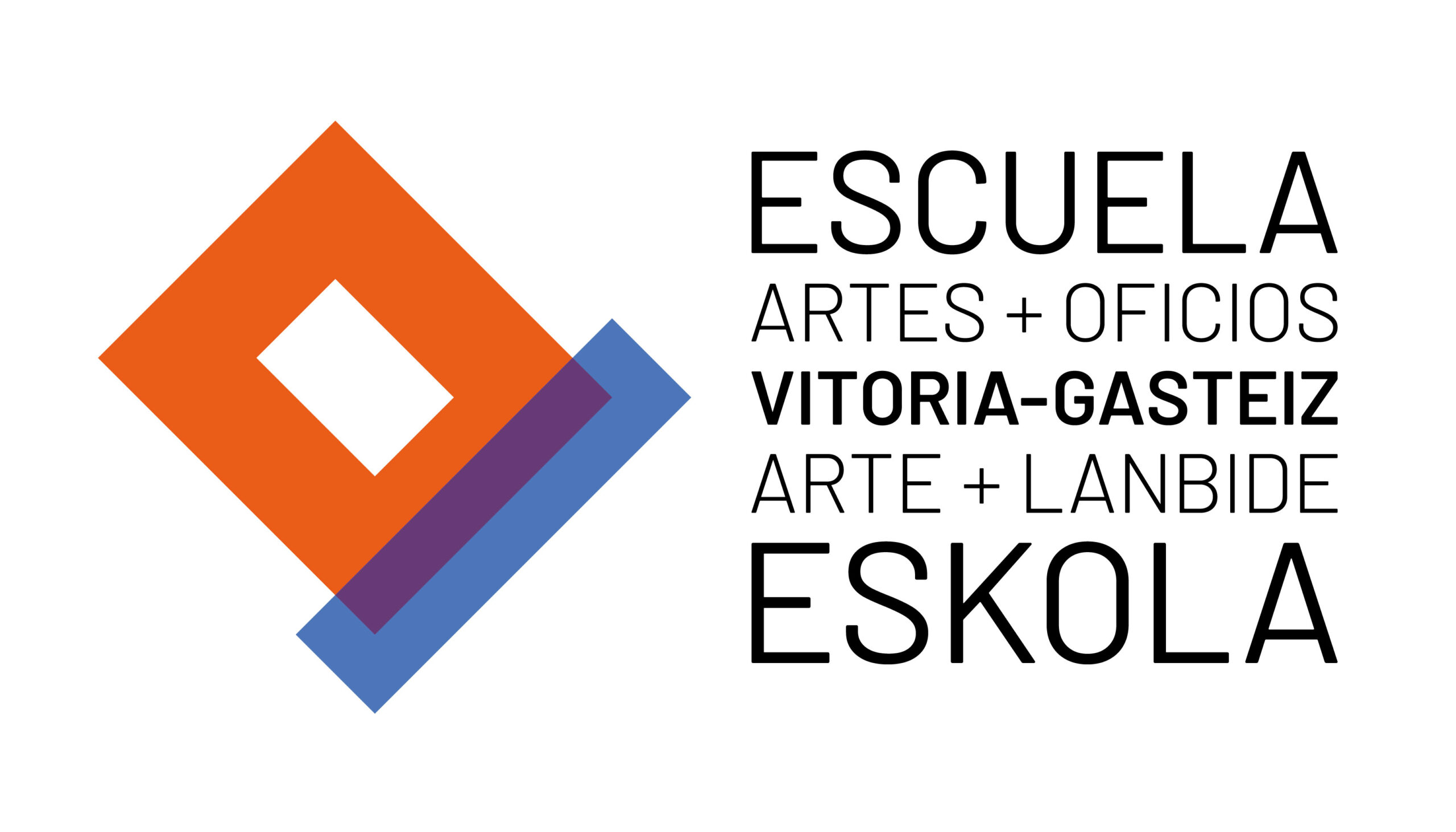PROFILE HEAD
On this subject I have selected two links of interest: link 1 and link 2.

The horizontal middle line of a square is the axis where the eyes and the top of the ear go.
On the line that makes the lower quarter supports the nose and ear.
In the lower eighth we place the lower lip.
The distance between eye and chin is the same as between eye and ear.
Put it into practice.
STRAIGHT FACE
The ingrained symbol system for the face seen from the front, practiced and memorized since early childhood is very strong and persistent.
That's why we started with the profile.
On this subject you have two links: link 3 and link 4

On the vertical axis we make a circle and pass the radius downwards.
Thus we have the ratio width2-height3.
Half of the height determines another line divided into five parts where the eyes go (between eye and eye, another eye), and the upper part of the ears.
Nose and lower part of the ears in the lower quarter and lower eighth lip.
The mouth can be as wide as the distance between pupils and the nose as the distance between eyes.
Be careful with the neck because it is usually wider than we think it is.
Put it into practice.
The features between the male and female face vary in the shape of their parts but not so much in the measurements.
Slight variations in these shapes determine the various physiognomies by both age and race.
The shape of an infant skull is less elongated.
There are studies that determine the beauty and balance of the face with the ratios of its measurements by means of the golden section.
THREE-QUARTER FACE
Two links of interest: link 5 and link 6
...continued
